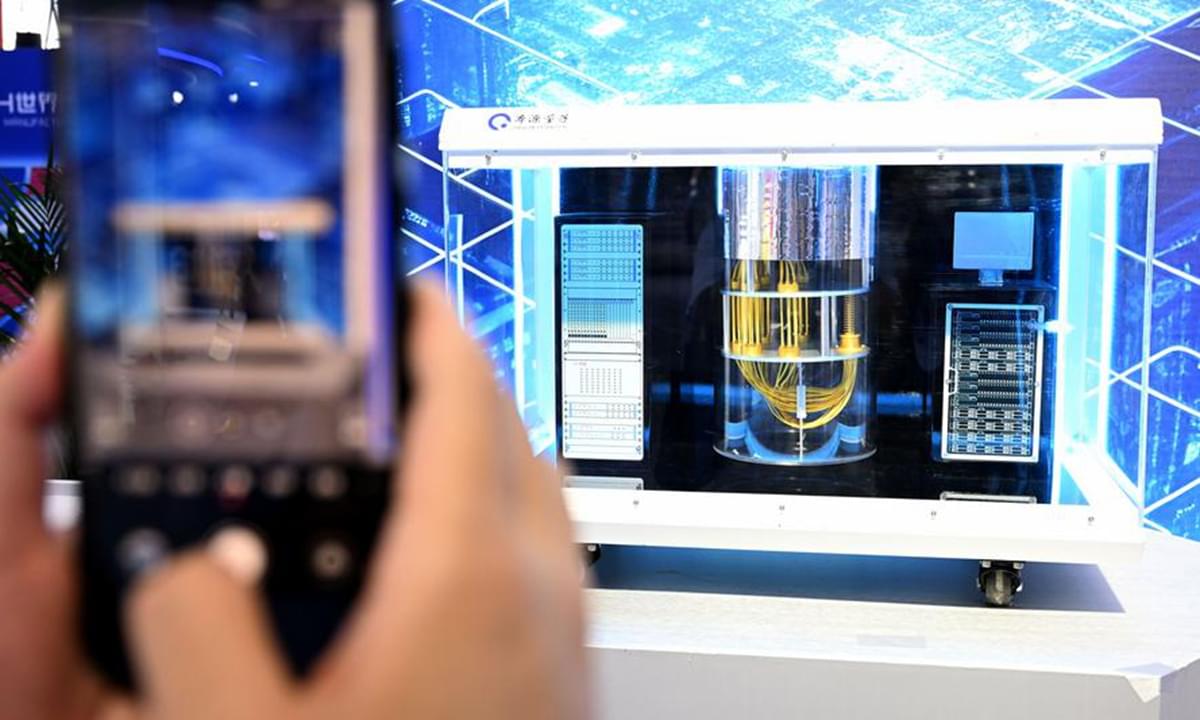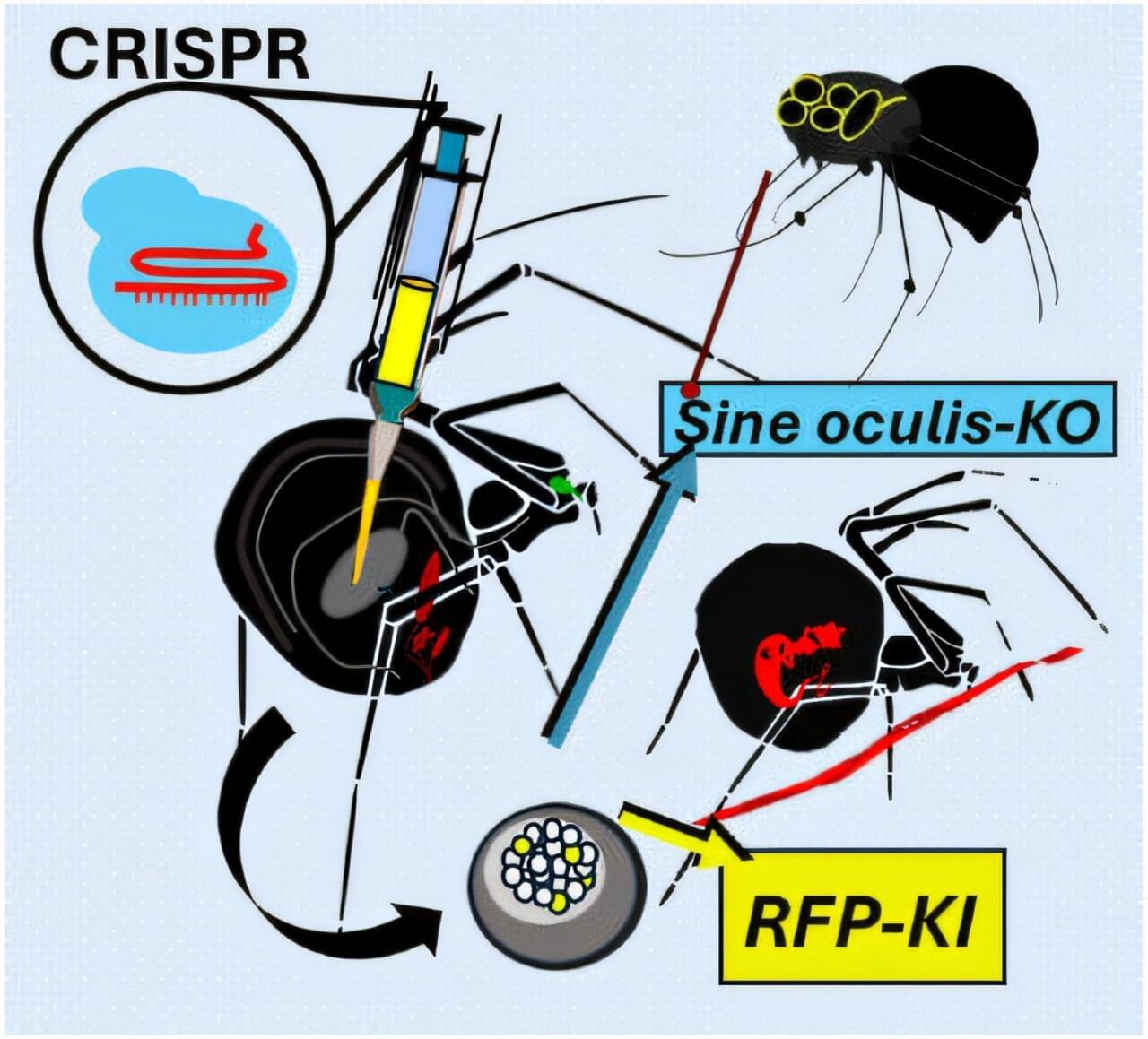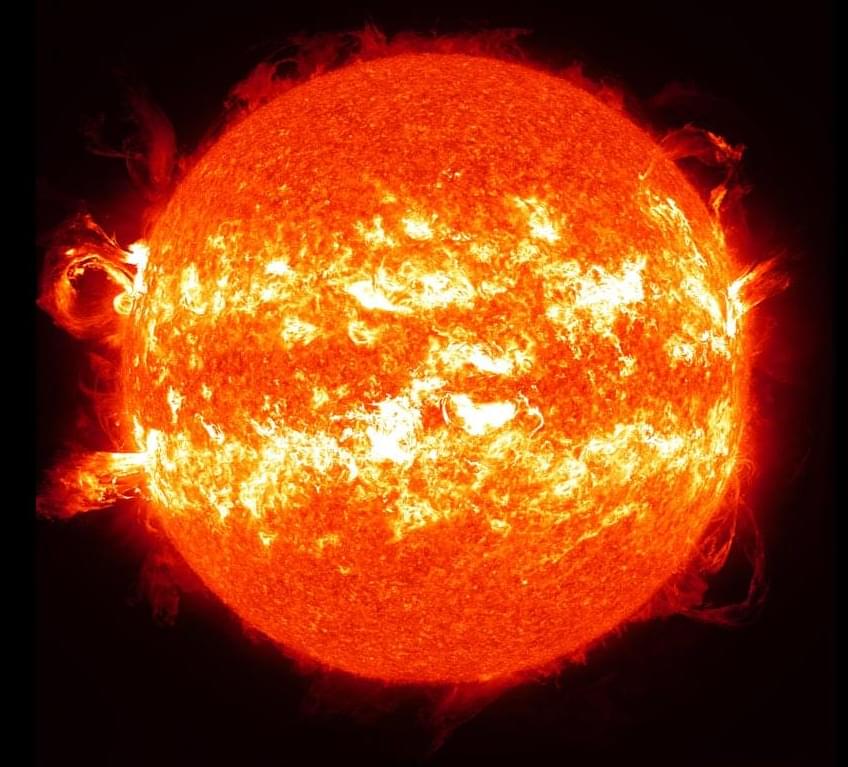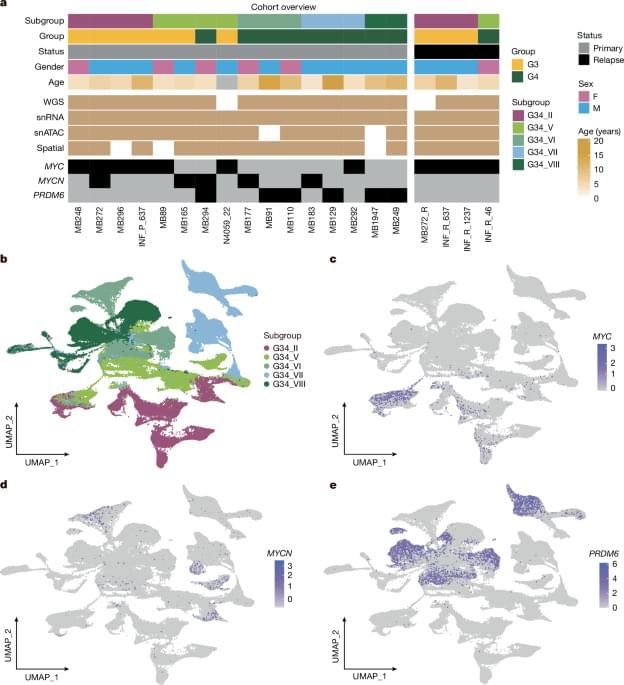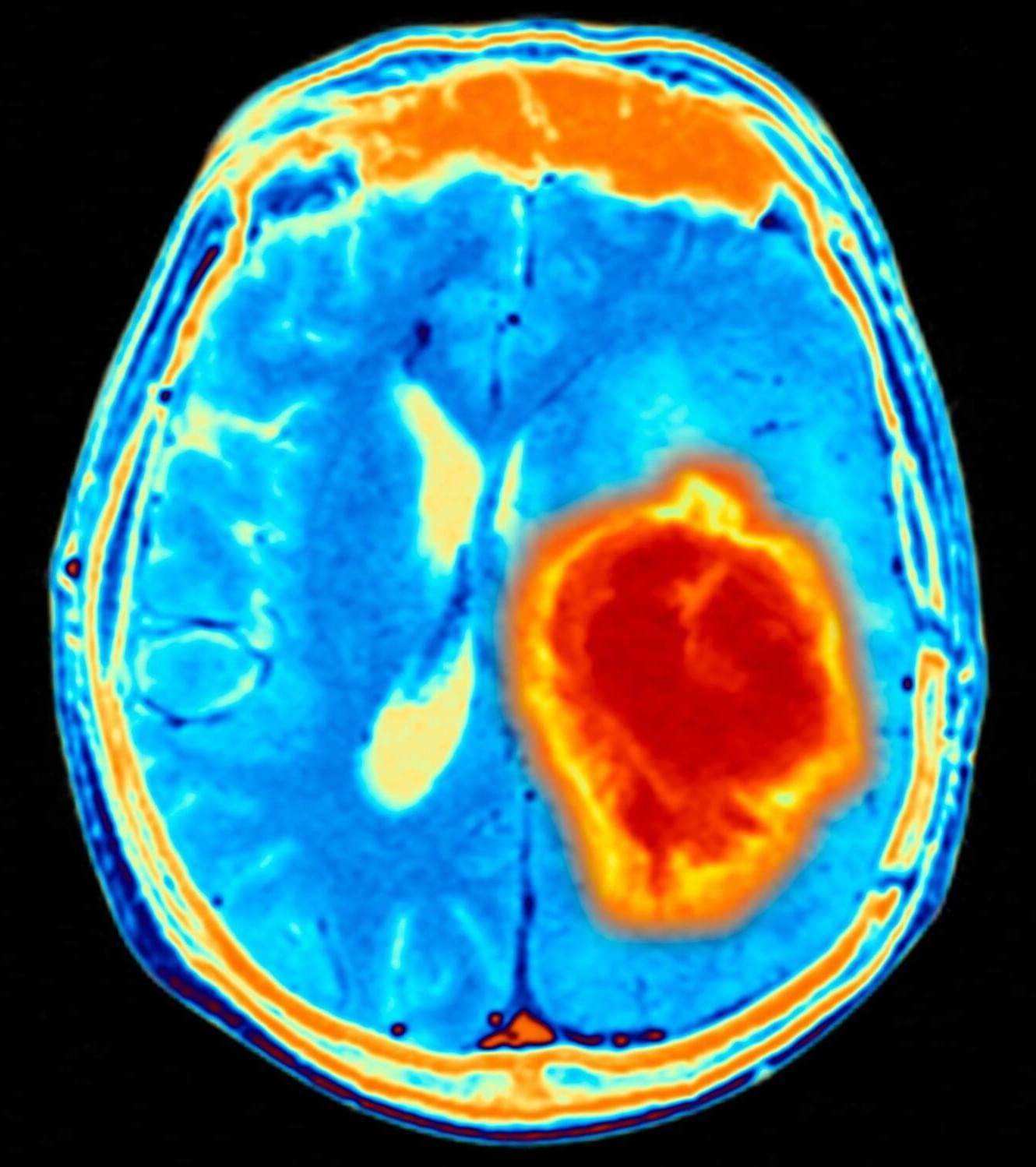China’s Origin Quantum has launched its fourth-generation quantum control system, a move signaling the country’s increasing push to industrialize and scale quantum computing capabilities.
The new system, dubbed Origin Tianji 4.0, supports over 500 qubits and serves as the central control for superconducting quantum computers, according to The Global Times, a media outlet under the Chinese Communist Party (CCP). The system, unveiled this week in Hefei, is positioned as a critical enabler for mass-producing quantum computers with more than 100 qubits.
The control system is considered the “neural center” of a quantum computer. It generates, acquires and controls the precise signals that manage quantum chips, which are the computational heart of a quantum system. With the Tianji 4.0 upgrade, Origin Quantum claims major improvements in integration, automation and scalability compared to its previous version, which powered the country’s third-generation superconducting quantum computer, Origin Wukong.
